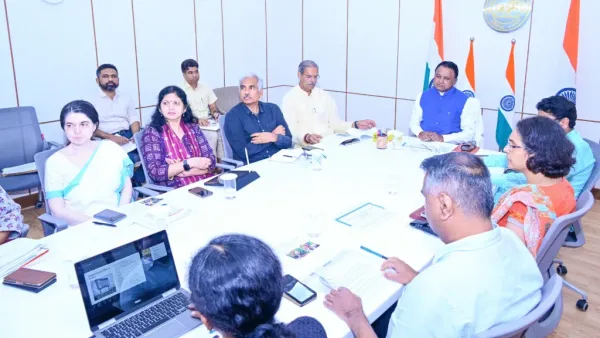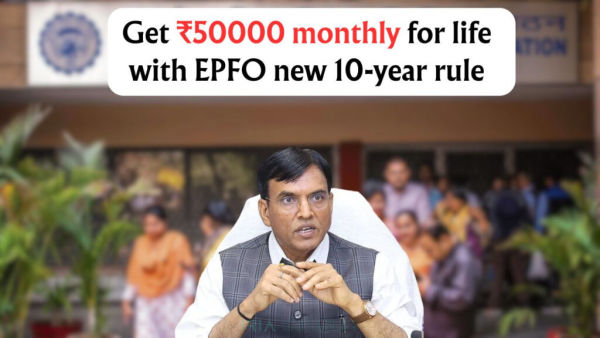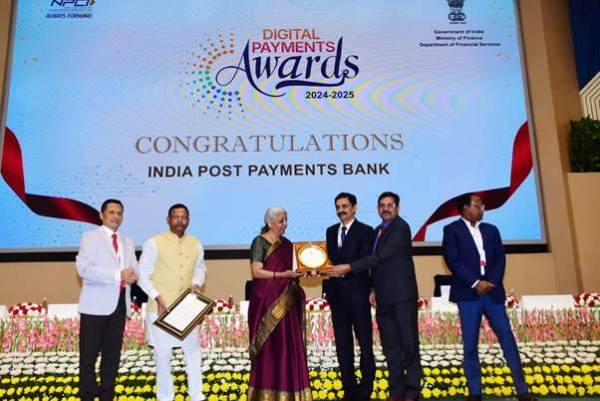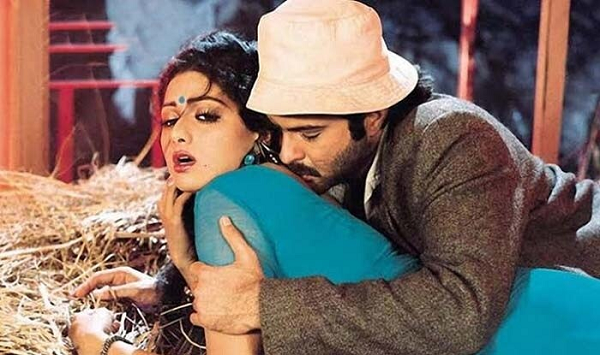The Finance Minister presents India’s Union Budget, which details the government’s intentions for income and spending for the next fiscal year, on February 1st of each year. This important financial statement influences many industries, companies, and people by establishing the course of the nation’s economic policies.
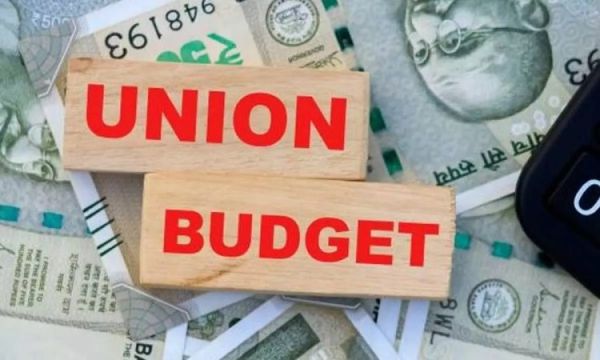
The revenue budget and the capital budget are the two primary parts of the union Budget. The government’s revenue from taxes and non-tax sources, as well as the money spent on welfare programs, healthcare, and education, are all included in the revenue budget. Long-term expenditures, including infrastructure expansion, military modernization, and technical developments, are the main emphasis of the capital budget.
The budget has a big impact on social welfare, employment, inflation, and economic growth. While government expenditure has an influence on sectors like manufacturing, digital technology, and agriculture, tax measures proposed in the budget have an impact on both people and companies. Allotments to sectors like healthcare and education influence long-term development objectives and public services.


